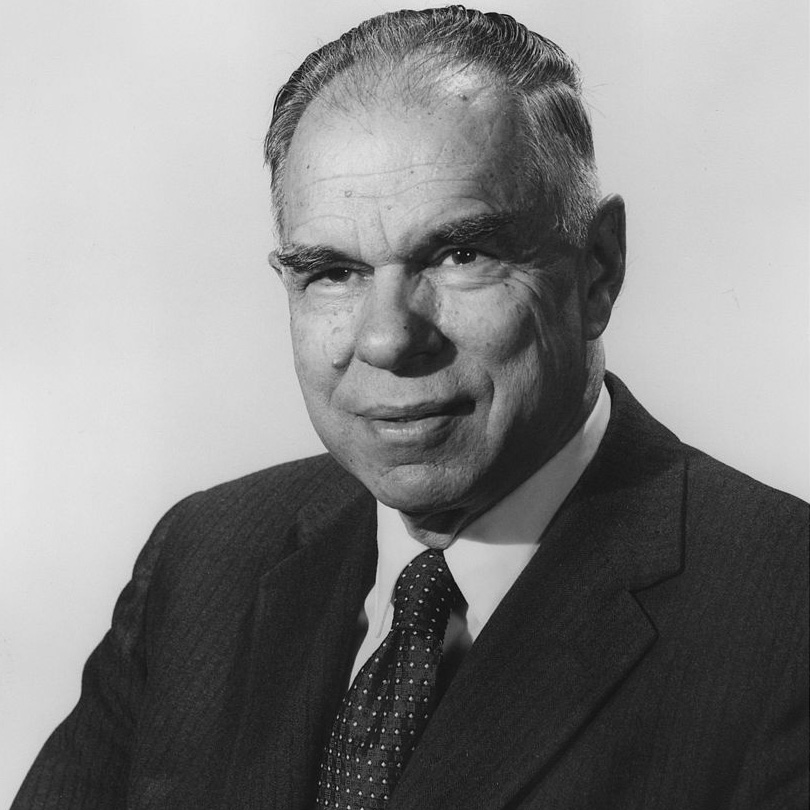Seaborgium
106
Sg
Ryhmä
6
Jakso
7
Lohko
d
Protonia
Elektronit
Neutronia
106
106
156
Yleiset ominaisuudet
Järjestysluku
106
Atomipaino
[269]
Massaluku
262
Luokka
Siirtymäalkuaineet
Väri
Ei saatavilla
Radioaktiivisuus
Kyllä
Named after Glenn Seaborg, American nuclear chemist and Nobel prize winner
Kiderakenne
Ei saatavilla
Historia
Scientists working at the Joint Institute for Nuclear Research in Dubna, USSR reported their discovery of element 106 in June 1974.
Synthesis was also reported in September 1974 at the Lawrence Berkeley Laboratory by the workers of the Lawrence Berkeley and Livermore Laboratories led by Albert Ghiorso and E. Kenneth Hulet.
It was produced by collisions of californium-249 with oxygen atoms.
Synthesis was also reported in September 1974 at the Lawrence Berkeley Laboratory by the workers of the Lawrence Berkeley and Livermore Laboratories led by Albert Ghiorso and E. Kenneth Hulet.
It was produced by collisions of californium-249 with oxygen atoms.
Elektroneja elektronikuorilla
2, 8, 18, 32, 32, 12, 2
Orbitaalirakenne
[Rn] 5f14 6d4 7s2
There are 12 known isotopes of seaborgium
Fyysiset ominaisuudet
Olomuoto
Kiinteä
Tiheys
35 g/cm3
Sulamispiste
-
Kiehumispiste
-
Sulamislämpö
Ei saatavilla kJ/mol
Höyrystymislämpö
Ei saatavilla kJ/mol
Ominaislämpökapasiteetti
- J/g·K
Esiintyvyys maankuoressa
Ei saatavilla
Esiintyvyys maailmankaikkeudessa
Ei saatavilla

Kuvalähteet: Wikimedia Commons (Atomic Energy Commission)
The element is named after Glenn T. Seaborg, atomic pioneer and Commissioner of the Atomic Energy Commission
CAS-numero
54038-81-2
PubChem CID-numero
Ei saatavilla
Atomiominaisuudet
Atomisäde
-
Kovalenttisäde
143 pm
Elektronegatiivisuus
-
Ionisoitumispotentiaali
-
Moolitilavuus
-
Lämmönjohtavuus
-
Hapetusluvut
6
Käyttö
Seaborgiumia käytetään vain tieteellisiin tutkimustarkoituksiin.
Seaborgium is harmful due to its radioactivity
Isotooppi
Vakaat isotoopit
-Epävakaat isotoopit
258Sg, 259Sg, 260Sg, 261Sg, 262Sg, 263Sg, 264Sg, 265Sg, 266Sg, 267Sg, 268Sg, 269Sg, 270Sg, 271Sg, 272Sg, 273Sg